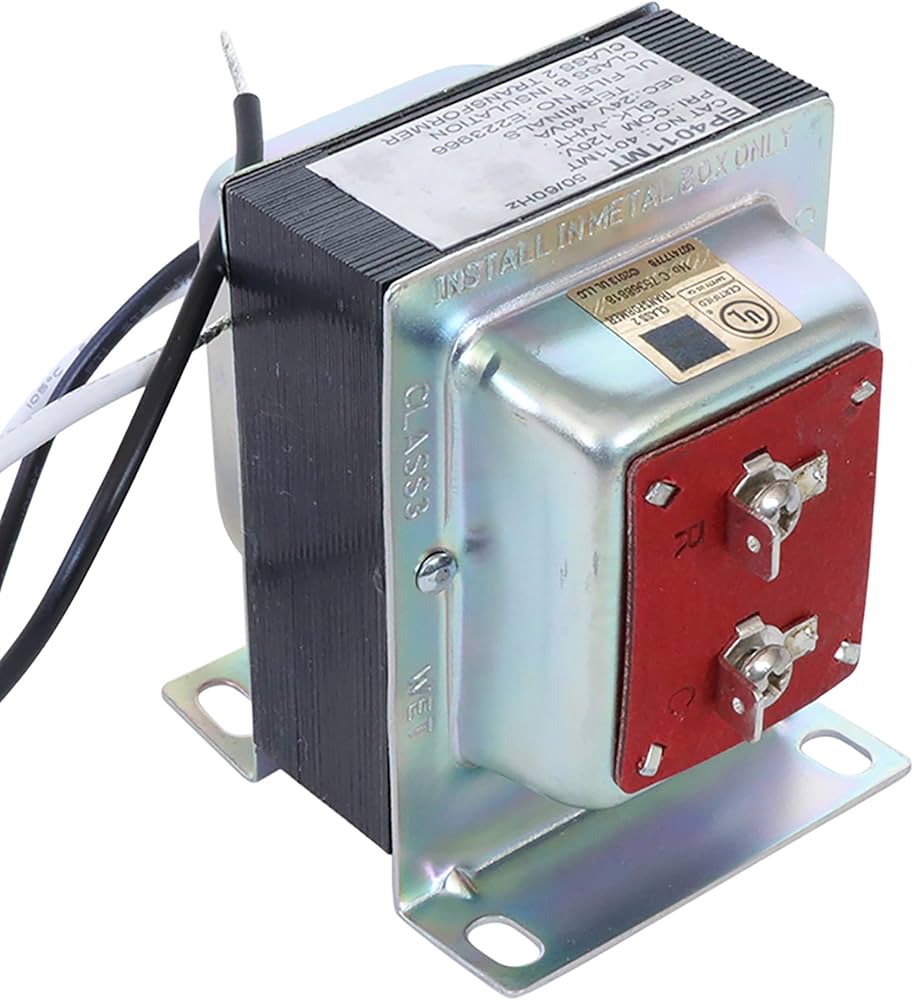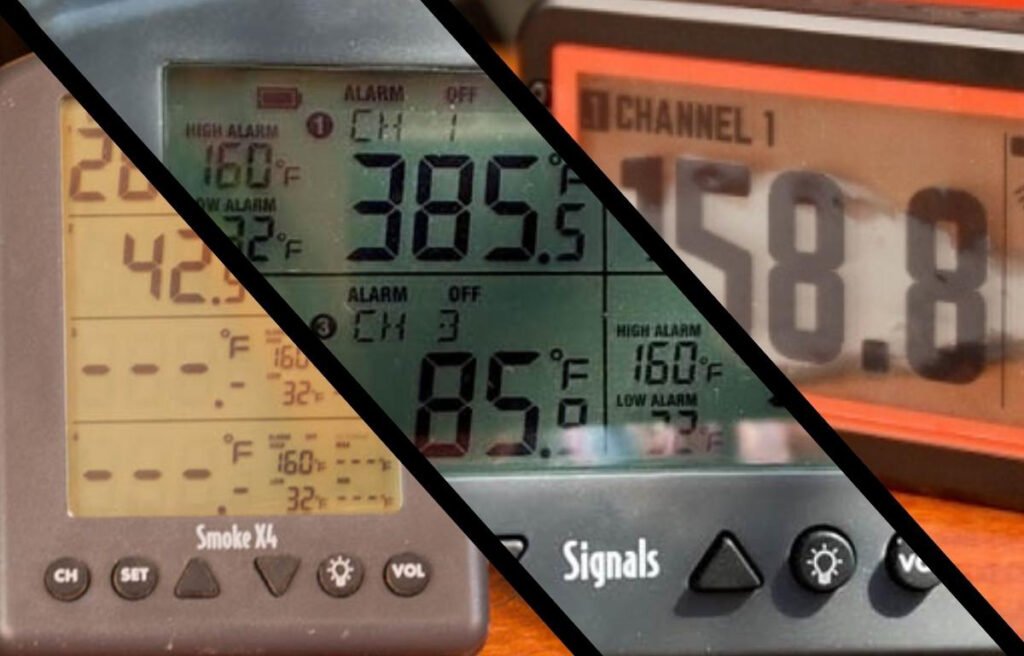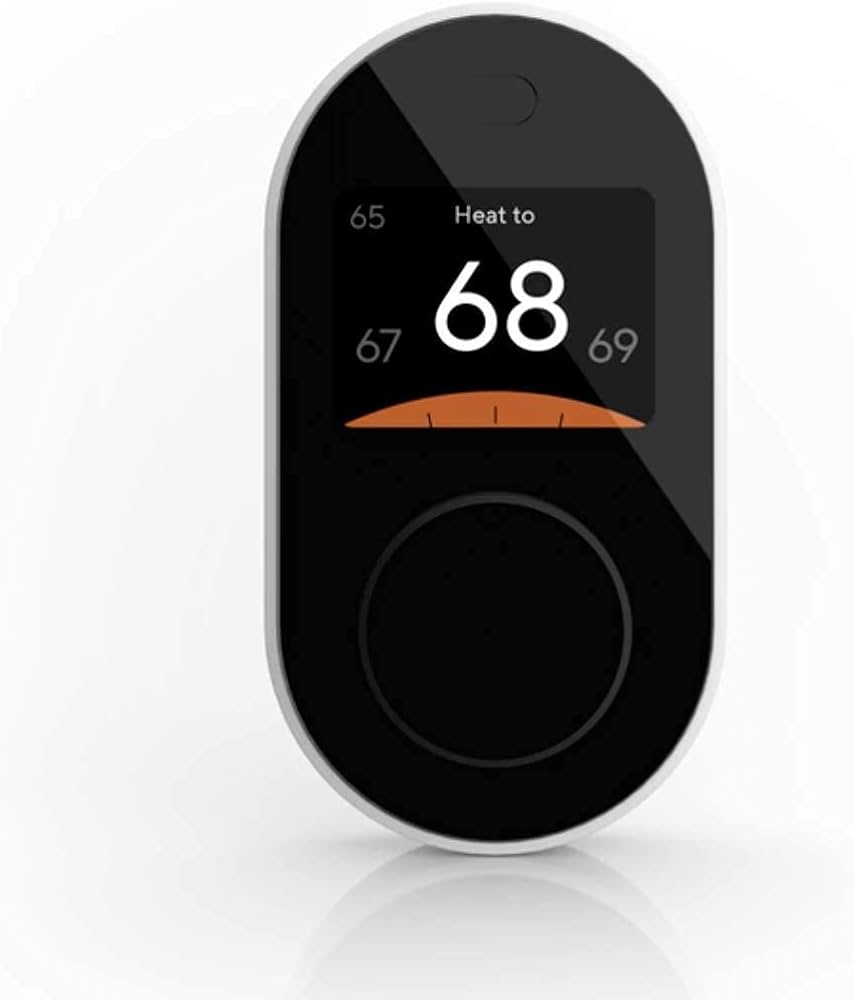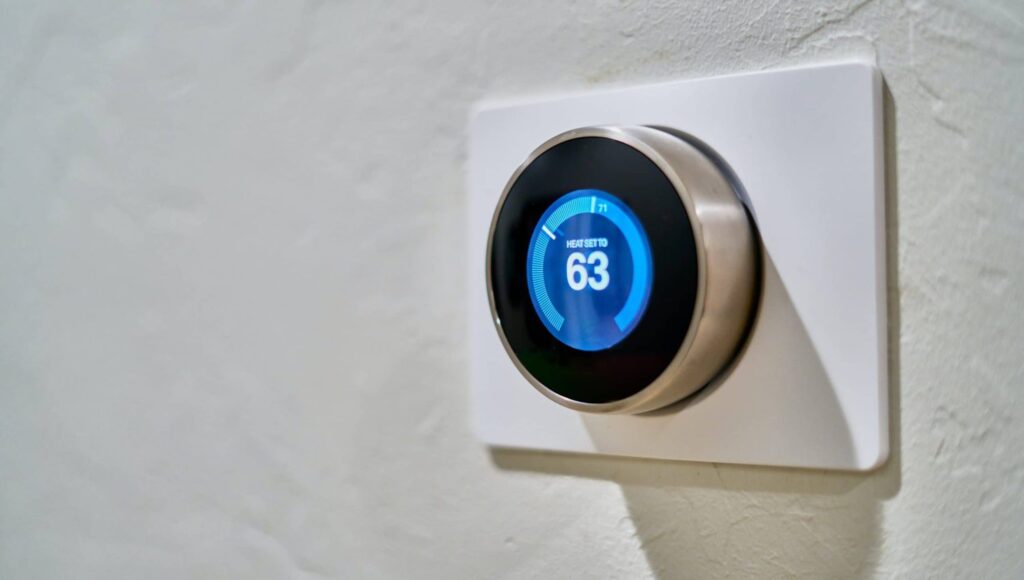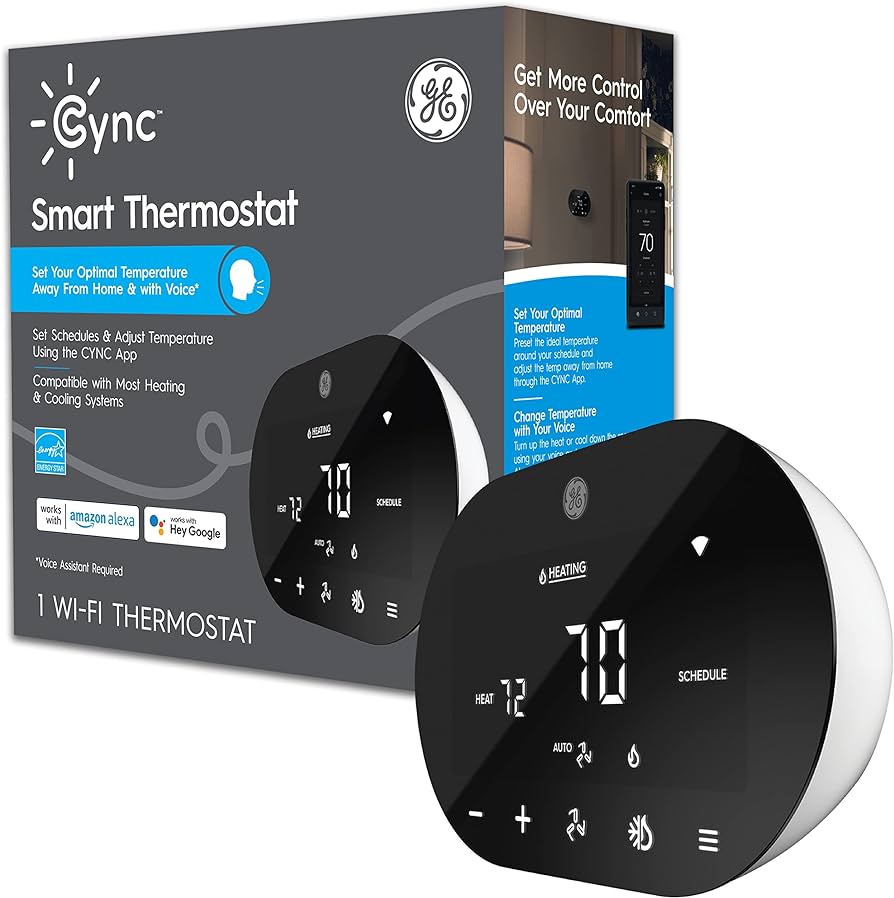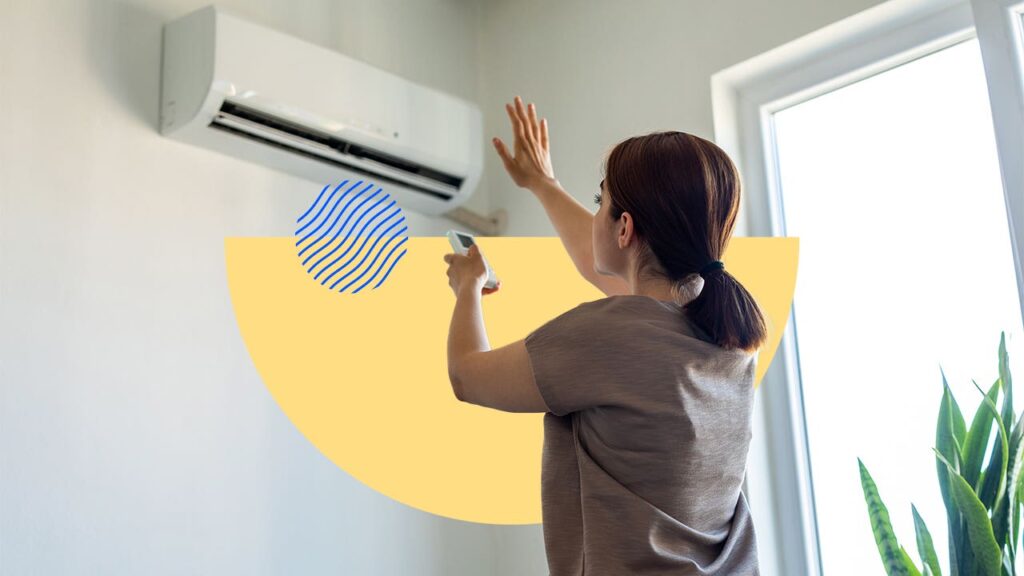Thermostat Settings for When You’Re on Vacation: Optimize Energy Efficiency
When you’re on vacation, set your thermostat to a higher temperature in summer and a lower temperature in winter to save energy and reduce costs. By adjusting the thermostat while you’re away, you can maintain a comfortable temperature and ensure efficient operation of your HVAC system. It’s recommended to set the temperature around 85°F (29°C) in summer and around 50°F (10°C) in winter. This will prevent your home from becoming too hot or cold while you’re away, while still minimizing energy consumption. Additionally, consider installing a programmable or smart thermostat that allows you to schedule temperature changes based on your vacation plans, providing even more energy savings and convenience. Importance Of Thermostat Settings For Vacation Minimize Energy Consumption During Vacations When going on a vacation, adjusting your thermostat settings is crucial to minimize energy consumption and save on utility bills. While it may be tempting to completely turn off your HVAC system, this can lead to potential issues, such as frozen pipes in winter or humidity buildup in summer. Instead, follow these smart thermostat settings to strike a balance between energy efficiency and maintaining a comfortable environment. Avoid Unnecessary Heating Or Cooling Costs By setting your thermostat to the appropriate temperature when you’re away, you can avoid unnecessary heating or cooling costs. Here’s what you need to know: For winter vacations, set the thermostat to around 50-55°F (10-13°C). This will prevent freezing pipes and keep your home from getting too cold. In summer, set the thermostat to around 85-88°F (29-31°C). This will ensure that your home stays warm enough to prevent humidity buildup while saving energy by not overcooling an empty house. If you have pets or plants that require specific temperature ranges, adjust the thermostat accordingly, ensuring their comfort and well-being. Credit: www.apge.com Determining The Ideal Temperature Setting When you go on vacation, it’s essential to determine the ideal temperature setting for your thermostat. This setting will not only help you save energy and reduce utility costs but also protect your home from extreme temperatures. Consider The Climate And Season One crucial factor to consider when determining the ideal temperature setting is the climate and season in your area. If you’re taking a vacation during the summer months, you’ll want to keep your home cool to prevent excessive heat and humidity. It is recommended to set the thermostat between 75-78 degrees Fahrenheit (24-26 degrees Celsius) to maintain a comfortable indoor temperature. However, if your location experiences mild temperatures or if you’re going away during the cooler seasons, you might adjust the setting accordingly. Setting the temperature between 68-72 degrees Fahrenheit (20-22 degrees Celsius) should be sufficient to keep the indoor temperature pleasant without wasting energy. Protecting Your Home From Extreme Temperatures One of the primary reasons to determine the ideal temperature setting when you’re on vacation is to protect your home from extreme temperatures. If you set the temperature too high or too low, it can lead to potential problems like frozen pipes, mold growth, or damage to your furniture and belongings. To prevent these issues, it is recommended to set your thermostat to a temperature that provides adequate heating or cooling while conserving energy. By setting the temperature slightly lower in the winter or higher in the summer, you can strike a balance between energy savings and maintaining a safe environment for your home. In conclusion, determining the ideal temperature setting for your thermostat while you’re on vacation is crucial for both energy saving and home protection. By considering the climate and season, you can set an appropriate temperature that provides comfort, prevents extreme temperatures fluctuations, and ensures the safety of your home. Setting The Thermostat For Winter Vacations Recommended Temperature Range When you’re going on a winter vacation, setting the thermostat at the right temperature is crucial for both energy savings and preventing any potential issues with your home. The recommended temperature range for winter vacations is typically between 50°F and 55°F (10°C and 13°C). Preventing Frozen Pipes And Other Winter-related Issues One of the main reasons for setting the thermostat at a minimum temperature range during winter vacations is to prevent frozen pipes. Extreme cold temperatures can cause the water inside pipes to freeze and expand, leading to pipe bursts and extensive water damage when they thaw. By keeping your home’s temperature above freezing, you can effectively prevent this issue and avoid costly repairs. Aside from preventing frozen pipes, maintaining a minimum temperature range can also help prevent other winter-related issues. Here are a few additional reasons to set your thermostat within the recommended range: Prevent damage to wooden furniture and flooring: Extremely low temperatures can cause wood to contract and crack. By keeping your home within the recommended range, you can protect your wooden furniture and flooring from potential damage. Preserve indoor plants: Indoor plants are sensitive to temperature changes, especially cold drafts. Setting the thermostat within the recommended range helps maintain a stable environment for your plants. Protect electronic devices: Extreme cold temperatures can negatively affect the performance of electronic devices. By keeping your home within the recommended range, you can safeguard your electronics from potential damage or malfunction. Save on energy costs: Setting your thermostat at a lower temperature while you’re away helps reduce energy consumption and saves you money on your heating bills. However, it’s important to find a balance between energy savings and maintaining a temperature that prevents any issues with your home. Remember, it’s essential to take into account the climate conditions in your area and the duration of your vacation when setting the thermostat temperature. Consulting with a professional HVAC technician can provide you with specific recommendations for your home and ensure you have a worry-free winter vacation. Setting The Thermostat For Summer Vacations Tips for Setting the Thermostat When You’re on Vacation Setting the Thermostat for Summer Vacations Ideal temperature range for energy efficiency When you’re heading out for a summer vacation, it’s important to set your thermostat at the ideal temperature range to maximize energy efficiency
Thermostat Settings for When You’Re on Vacation: Optimize Energy Efficiency Read More »

